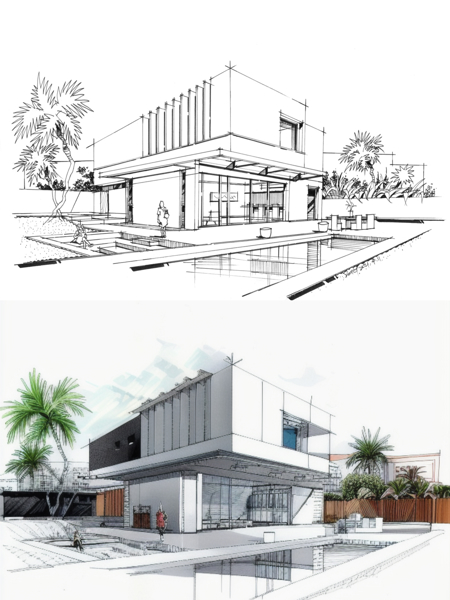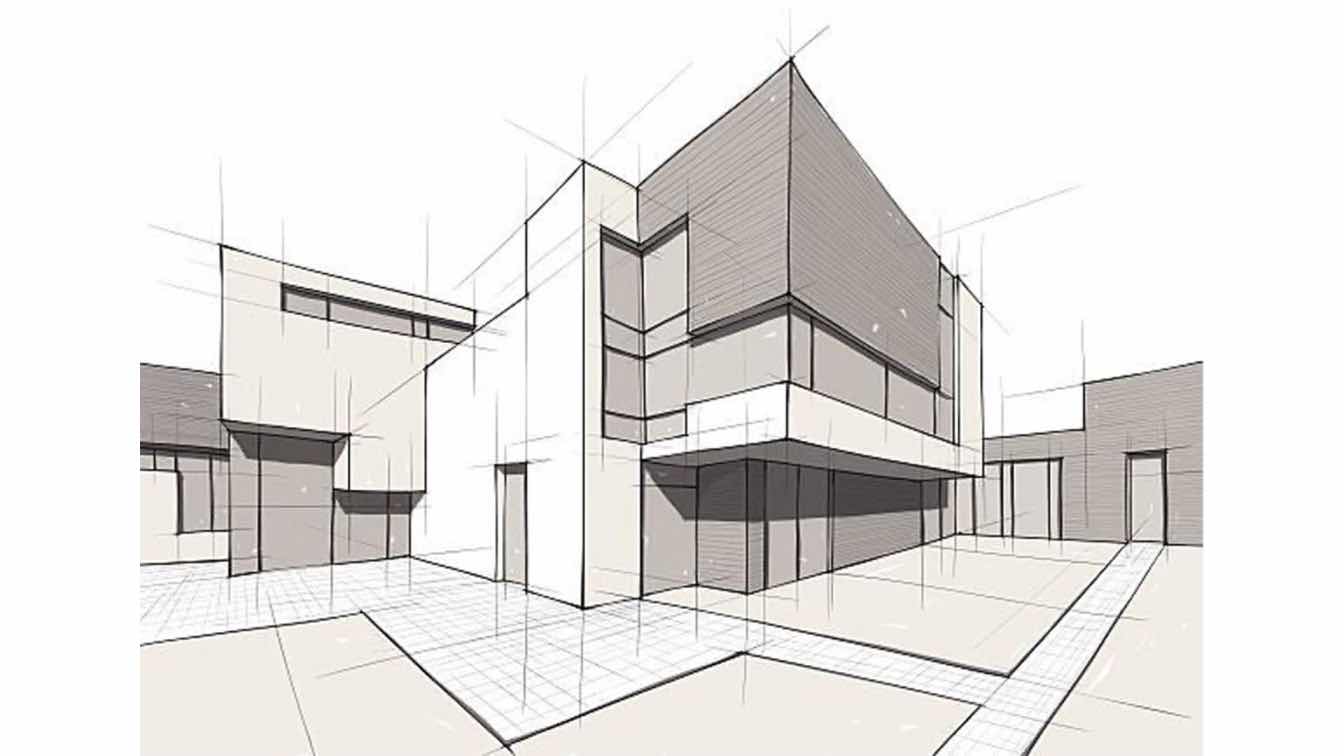Exactly How CDA Architects Provide Cutting-Edge Solutions for Lasting Style
Exactly How CDA Architects Provide Cutting-Edge Solutions for Lasting Style
Blog Article
Understanding the Collaborative Process Between Engineers and Designers in Modern Building And Construction Projects
The joint procedure between architects and engineers is important in modern building and construction jobs, as it balances design intent with engineering usefulness. This collaboration not only influences the visual and practical aspects of a task however also plays an important role in addressing sustainability obstacles. By utilizing effective interaction techniques and leveraging innovative innovations, such as Building Details Modeling (BIM), teams can function much more cohesively. However, the ins and outs of this partnership often existing unique obstacles that can impede progression. Checking out these dynamics discloses understandings that can substantially influence task end results and general industry criteria. cda architects.
The Significance of Partnership
The joint harmony between designers and engineers is important for the effective understanding of any kind of construction job. This partnership combines distinctive knowledge and point of views, allowing the combination of ingenious layout with functional design options. By collaborating, designers and engineers can guarantee that a project not only meets visual and useful needs however likewise sticks to security, sustainability, and monetary restraints.
Cooperation cultivates a shared vision, helping with the alignment of goals and expectations from the outset. This alignment is crucial in dealing with potential challenges and mitigating dangers that can emerge during the project lifecycle. Moreover, a collaborative method enables the effective allowance of sources, optimizing both time and price.
The importance of cooperation encompasses the repetitive process of layout and building and construction, where feedback from designers can inform building decisions, causing more practical and lasting styles. Alternatively, designers can motivate engineers to believe artistically about exactly how to attain structural stability without compromising creative intent. Inevitably, the collaborative connection in between architects and engineers is not simply advantageous; it is basic to the creation of top notch, functional, and innovative developed settings that meet the needs of society.
Interaction Techniques and Tools
Efficient communication techniques and devices are vital for cultivating partnership in between architects and engineers throughout the job lifecycle. Developing clear networks of interaction is vital to guarantee that all employee are straightened with task purposes, timelines, and duties. Normal conferences, both in-person and digital, provide opportunities for stakeholders to talk about development, address worries, and make notified decisions.

In addition, adopting collective interaction tools, such as Slack or Microsoft Teams, permits instant messaging, data sharing, and ongoing discussions, advertising a more nimble feedback to emerging problems. Record administration systems additionally play a vital role in organizing task documentation, making sure that all staff member have accessibility to the most recent info.
Shared Objectives and Job Vision
An unified job vision functions as the foundation for effective collaboration between designers and designers (cda architects). This shared vision not just straightens the efforts of both parties yet also establishes a typical structure for decision-making throughout the project's lifecycle. By expressing clear objectives, stakeholders can efficiently browse the complexities of contemporary construction projects, guaranteeing that both aesthetic and practical demands are satisfied
Developing common objectives entails open discussion and a comprehensive understanding of each self-control's contributions. Designers normally concentrate on layout intent, spatial partnerships, and customer experience, while designers highlight structural integrity, systems functionality, official site and compliance with policies. When these perspectives are aligned, the outcome is a natural job that sticks to both imaginative desires and technological expediency.
Moreover, a distinct task vision promotes accountability amongst employee, encouraging each individual to take ownership of their duty in accomplishing the preferred outcome. Normal check-ins and collective workshops can further enhance this commitment, allowing for changes to be made as the project advances. Eventually, a shared vision not just improves teamwork yet also boosts the high quality of the last deliverable, resulting in effective job conclusion.
The Function of Technology
Leveraging modern technology has come to be necessary in enhancing collaboration between designers and engineers. The integration of sophisticated software application devices assists in real-time interaction and details sharing, making it possible for teams to function a lot more successfully and effectively. Structure Information Modeling (BIM) attracts attention as a critical innovation, enabling both architects and engineers to produce thorough 3D models that encapsulate style intent and architectural integrity. This shared graph decreases misunderstandings and improves the decision-making procedure.
In addition, cloud-based systems allow seamless cooperation, enabling project stakeholders to access and upgrade job data from anywhere. This cultivates a culture of openness and responsibility, as modifications can be tracked and reviewed in real-time. In addition, mobile applications additional enhance interaction, offering on-site groups with instant access to job specifications and updates.
Arising innovations such as artificial knowledge and artificial intelligence are also starting to play a function in anticipating analysis, aiding teams recognize prospective issues prior to my review here they arise. Eventually, the role of innovation in architecture-engineering collaboration not only boosts workflow performances but additionally enhances advancement, leading to more effective task outcomes. By welcoming these technological developments, engineers and engineers can guarantee an extra cohesive and effective collaborative procedure throughout the construction lifecycle.
Study in Successful Collaborations
Numerous instance studies highlight the profound effect of efficient collaborations in between architects and designers on project outcomes. One significant instance is the collaboration on the High Line in New York City, where landscape designers, designers, and city organizers interacted to transform an abandoned rail line right into a vivid public park. This multidisciplinary strategy not only enhanced the aesthetic quality yet go to my blog additionally ensured architectural safety and security and ecological sustainability.

The Burj Khalifa in Dubai even more shows the value of collective initiatives - cda architects. The integration of design and design knowledge made it possible for the project group to attain unprecedented heights while sticking to safety and security policies and aesthetic vision
These examples highlight the relevance of interaction, trust fund, and shared goals. In today's complex building and construction setting, such partnerships are vital to browsing obstacles and delivering projects that meet both practical and visionary goals.
Final Thought
To conclude, the cooperation in between engineers and designers is essential for the success of modern construction jobs. Efficient communication techniques, a shared project vision, and the integration of advanced technologies are crucial elements that facilitate this partnership. By fostering a society of liability and leveraging devices such as Structure Info Modeling (BIM), groups can navigate project complexities, ensuring that visual, useful, and sustainability goals are accomplished. Ultimately, this synergy leads to cutting-edge and effective project outcomes.
Report this page